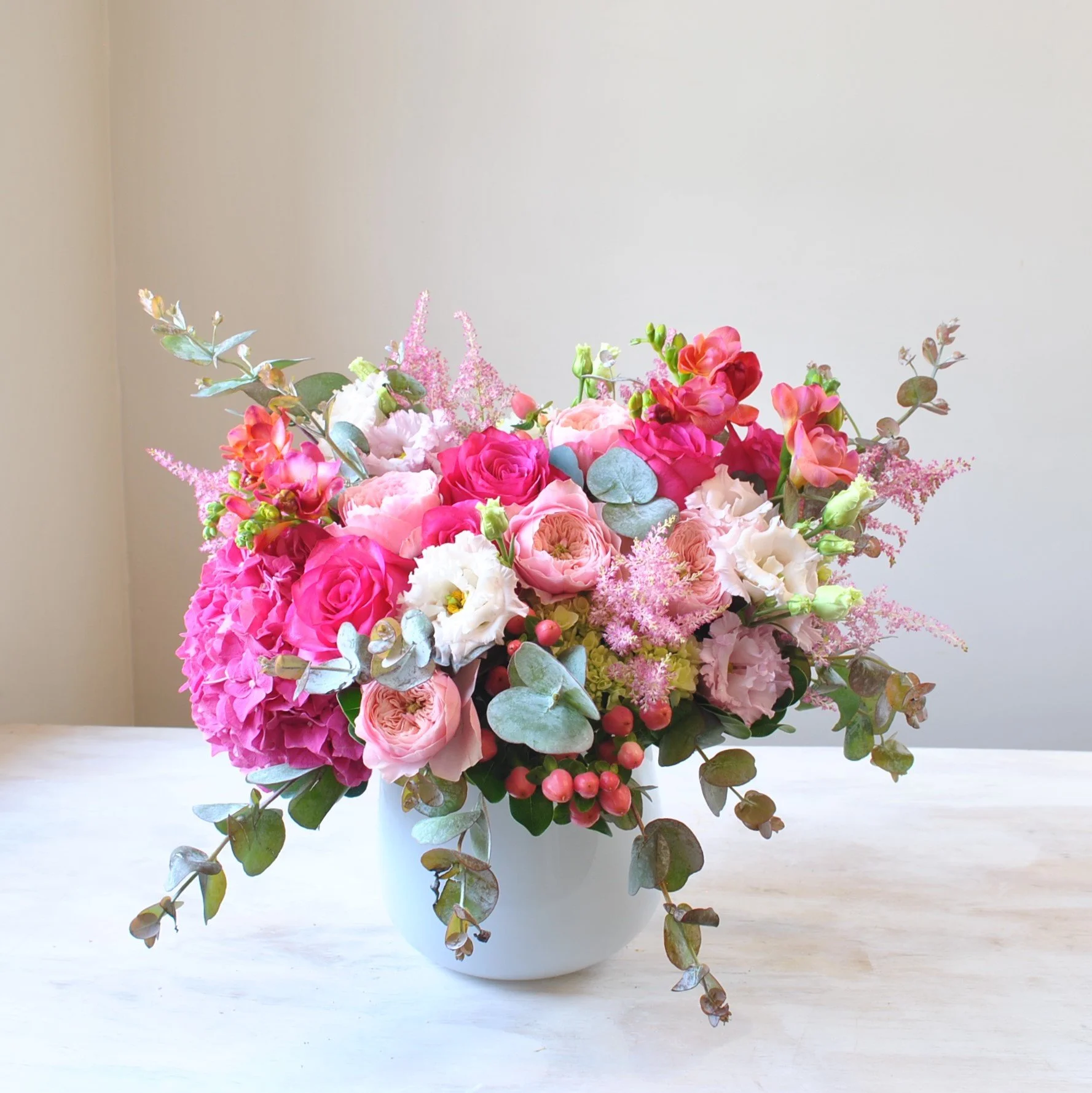The Sweetest Hydrangea Of All
The Sweetest Hydrangea of All
Hydrangeas are some of the most popular flowering shrubs in the world, and for good reason. They come in a wide variety of colors, sizes, and shapes, and they can be grown in a variety of climates. But of all the hydrangeas, there is one that stands out for its sweet scent and long-lasting blooms: the Sweet Hydrangea.
What is the Sweet Hydrangea?
The Sweet Hydrangea (Hydrangea paniculata 'Sweet Summer') is a type of panicle hydrangea. Panicle hydrangeas are known for their large, showy flower panicles that can reach up to 12 inches in length. The Sweet Hydrangea is a particularly fragrant variety, with a sweet, honeysuckle-like scent. Its flowers also tend to last longer than those of other panicle hydrangeas, often blooming from early summer to late fall.
Where to Grow the Sweet Hydrangea
The Sweet Hydrangea is a hardy shrub that can be grown in USDA hardiness zones 3-9. It prefers full sun to partial shade and moist, well-drained soil. The Sweet Hydrangea is relatively drought-tolerant once established, but it will benefit from regular watering during the summer months.
How to Care for the Sweet Hydrangea
The Sweet Hydrangea is a relatively easy plant to care for. The most important thing is to keep the soil moist, but not soggy. You should also fertilize the Sweet Hydrangea in the spring with a balanced fertilizer. In the fall, you can cut the Sweet Hydrangea back to about 12 inches tall. This will encourage new growth in the spring.
Pests and Diseases
The Sweet Hydrangea is generally resistant to pests and diseases. However, it can be susceptible to aphids, spider mites, and powdery mildew. If you see any signs of pests or diseases, you can treat them with insecticidal soap or neem oil.
Propagation
The Sweet Hydrangea can be propagated by cuttings or division. To propagate by cuttings, take 4-6 inch cuttings in the spring or fall. Dip the cuttings in rooting hormone and plant them in a well-drained potting mix. Keep the cuttings moist and in a warm location. They should root in about 4-6 weeks.
To divide the Sweet Hydrangea, dig up the plant in the spring or fall. Use a sharp knife or spade to divide the plant into two or more sections. Replant the divisions in well-drained soil.
Enjoying the Sweet Hydrangea
The Sweet Hydrangea is a beautiful and fragrant shrub that can be enjoyed in a variety of ways. You can plant it in your garden, in a container, or even cut it for bouquets. The Sweet Hydrangea is a versatile plant that can add beauty and fragrance to any setting.
If you're looking for a beautiful and unique hydrangea to add to your garden, look no further than the strawberry shortcake hydrangea. This stunning plant is known for its large, fluffy blooms that start out white and gradually fade to pink and red throughout the summer. The strawberry shortcake hydrangea is also a relatively low-maintenance plant, making it a great choice for even the most inexperienced gardeners.
To learn more about the strawberry shortcake hydrangea, I recommend visiting . This website has a wealth of information about the plant, including its care requirements, planting instructions, and pest and disease prevention tips. You can also find beautiful photos of the strawberry shortcake hydrangea in bloom, as well as helpful videos that demonstrate how to plant and care for the plant.
FAQ of strawberry shortcake hydrangea
Q: What is a strawberry shortcake hydrangea?
A strawberry shortcake hydrangea is a type of hydrangea that is known for its pink and white blooms. The flowers are arranged in large, rounded clusters that resemble strawberry shortcake. Strawberry shortcake hydrangeas are a popular choice for landscaping because they are easy to care for and they bloom for a long period of time.
Q: Why are my strawberry shortcake hydrangeas not turning pink?
The color of strawberry shortcake hydrangeas is affected by the acidity of the soil. If the soil is too alkaline, the flowers will be white. To encourage your hydrangeas to turn pink, you can lower the pH of the soil by adding sulfur or aluminum sulfate.
Q: How do I care for a strawberry shortcake hydrangea?
Strawberry shortcake hydrangeas are relatively easy to care for. They need full sun to partial shade and well-drained soil. Water them regularly, especially during the growing season. You can fertilize them once a year in the spring.
Q: How tall do strawberry shortcake hydrangeas grow?
Strawberry shortcake hydrangeas can grow up to 6 feet tall and wide. They are a deciduous shrub, so they will lose their leaves in the winter.
Q: Where can I buy a strawberry shortcake hydrangea?
Strawberry shortcake hydrangeas are available at most garden centers. You can also order them online.
Image of strawberry shortcake hydrangea
- Image 1: A close-up of a single strawberry shortcake hydrangea flower, showing the pink and white petals.

- Image 2: A full-bloomed strawberry shortcake hydrangea bush, with pink and white flowers cascading down the branches.
- Image 3: A group of strawberry shortcake hydrangea bushes in a garden, with the flowers in various stages of bloom.
- Image 4: A strawberry shortcake hydrangea flower in a vase, surrounded by greenery.
- Image 5: A painting of a strawberry shortcake hydrangea bush, with the flowers in full bloom.


Post a Comment for "The Sweetest Hydrangea Of All"